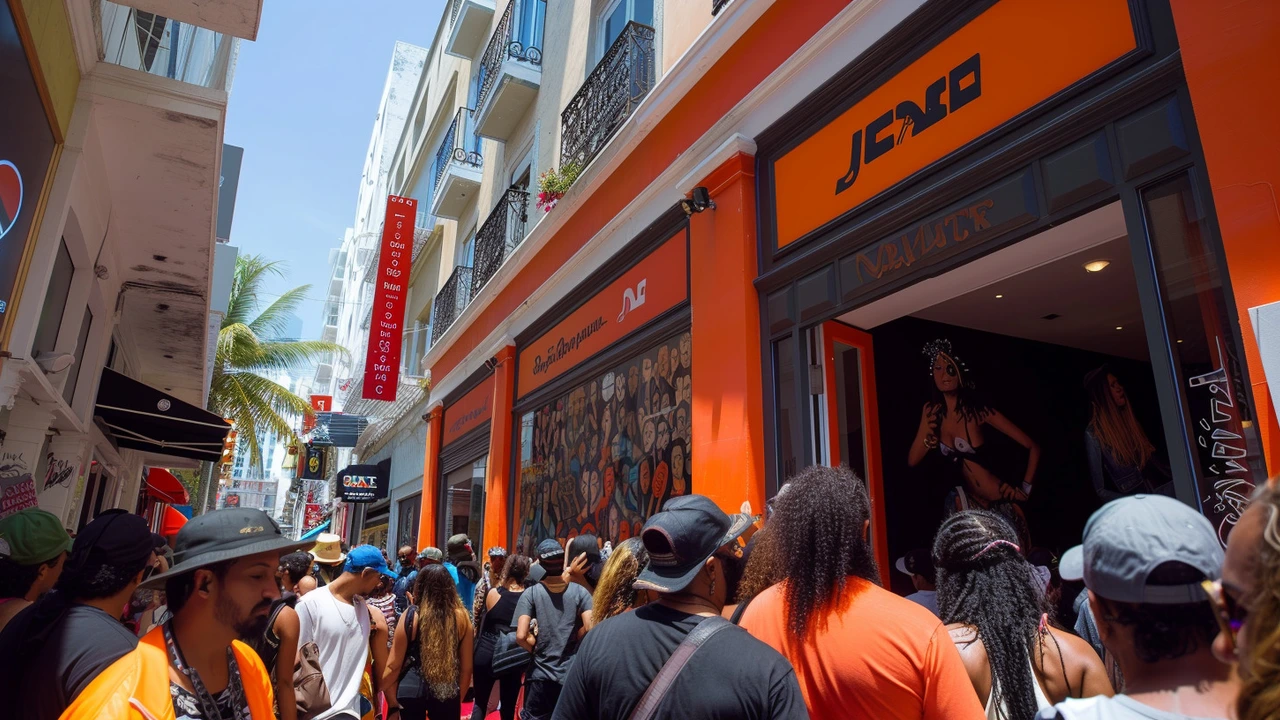Artistic Influence: How Art Movements Shape What You See Today
Artistic influence is everywhere — in the chair you sit on, the poster on your wall, and the city plaza you pass. Recognizing whose ideas shaped a look gives you tools to copy, remix, or reject them. This tag collects work on big movements and clear examples you can apply to creative projects.
Want quick payoffs? Learn one movement’s rules and then break one. Copying the grid logic of De Stijl, the functional simplicity of Bauhaus, or the raw emotion of Expressionism teaches decisions faster than theory alone. Below I pick simple, practical ways to spot influence and use it.
How movements leave fingerprints
Movements show up as repeating choices: color palettes, shapes, scale, or how artists use materials. Bauhaus favors clean lines and function. Photorealism nails surface detail and lighting. Fluxus uses everyday objects and humor to blur art and life. Land Art changes the context — it treats earth and site as the medium. Spot these traits in a piece and you can name the influence and steal the technique.
Look at composition: Cubism fragments view; Constructivism uses bold geometry and type; Baroque stacks drama with deep contrast and motion. Notice materials: installation art mixes found stuff and tech; ukiyo-e inspired tattoos repeat flat patterns and strong outlines. These concrete signs make it easy to trace a lineage from past to present work.
Use influence to improve your art or space
Pick one short exercise: study three images from one movement and copy key elements for 30 minutes. Limit your palette to two or three colors like De Stijl or Baroque tones. Try a scale swap — make a tiny study into a large wall piece like installation art or land art. If you design interiors, borrow Bauhaus furniture balance or Avant-Garde bold accents to freshen a room.
When you mix styles, pick a clear rule to hold everything together: a consistent color, repeated shape, or similar material. That keeps mashups from feeling random. If you work publicly, borrow Futurism’s sense of motion or Constructivism’s bold signs to make messages read fast and at a distance.
Try three small moves this week: change one color to a movement's signature tone (think Bauhaus primaries or Baroque golds), swap flat space for layered depth like Baroque or Installation Art, and add one found material—metal, wood, or soil—to test how texture shifts meaning. Photograph each step. Comparing photos shows which influence works and which feels forced. Share results on social or tag Paul Artistry today.
On this tag you'll find focused pieces that dig into different influences: "Bauhaus Modernism," "Photorealism Art," "Abstract Expressionism," "Fluxus," "Land Art," and "Ukiyo-e and Its Influence on Japanese Tattoo Art." Each article offers history, clear examples, and practical tips to try right away.
Ready to experiment? Pick one article, try the short exercise, and see how a single influence changes your work. Come back to this tag for fresh ideas and concrete ways to turn art history into practice.


